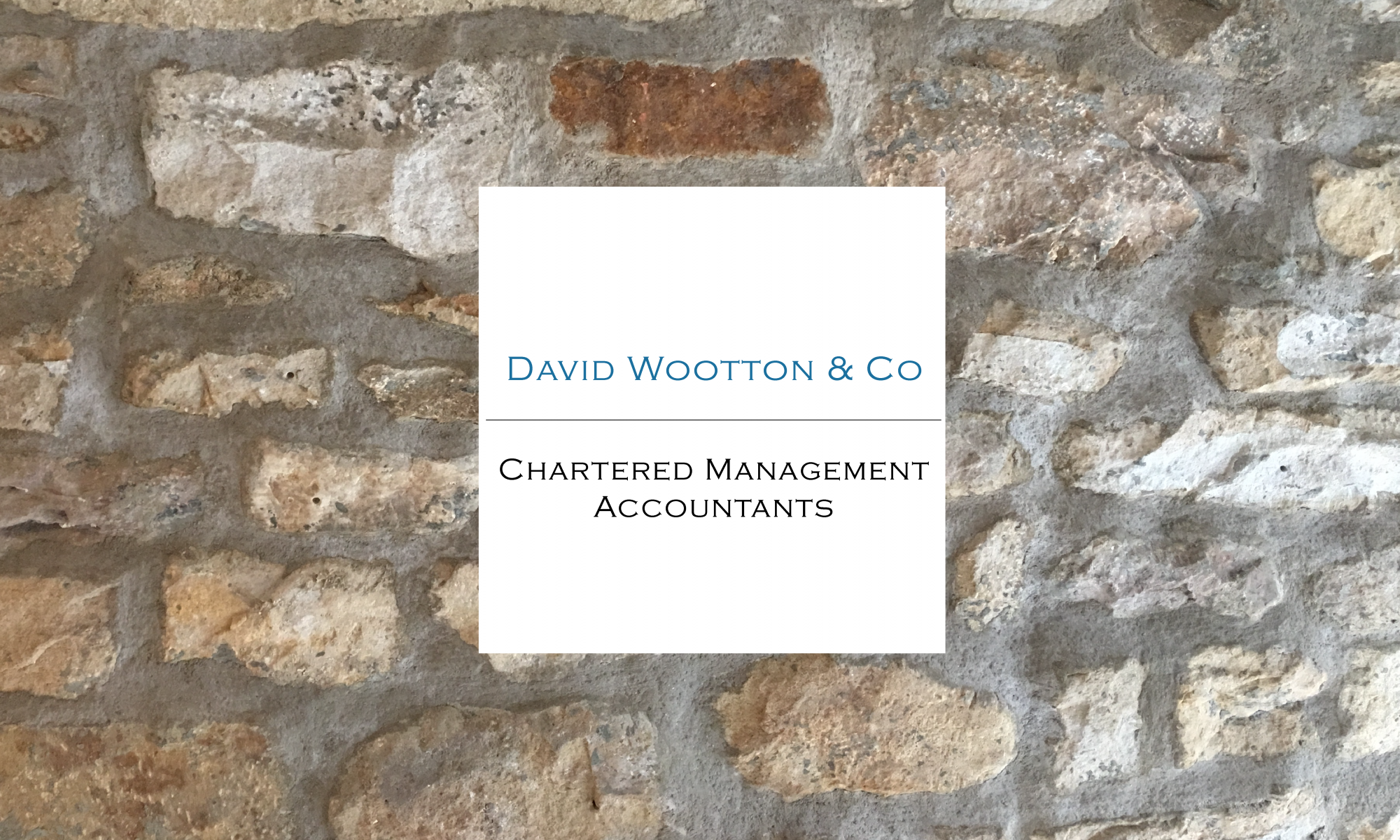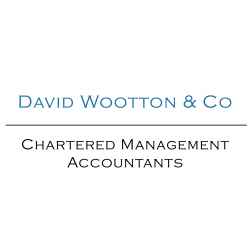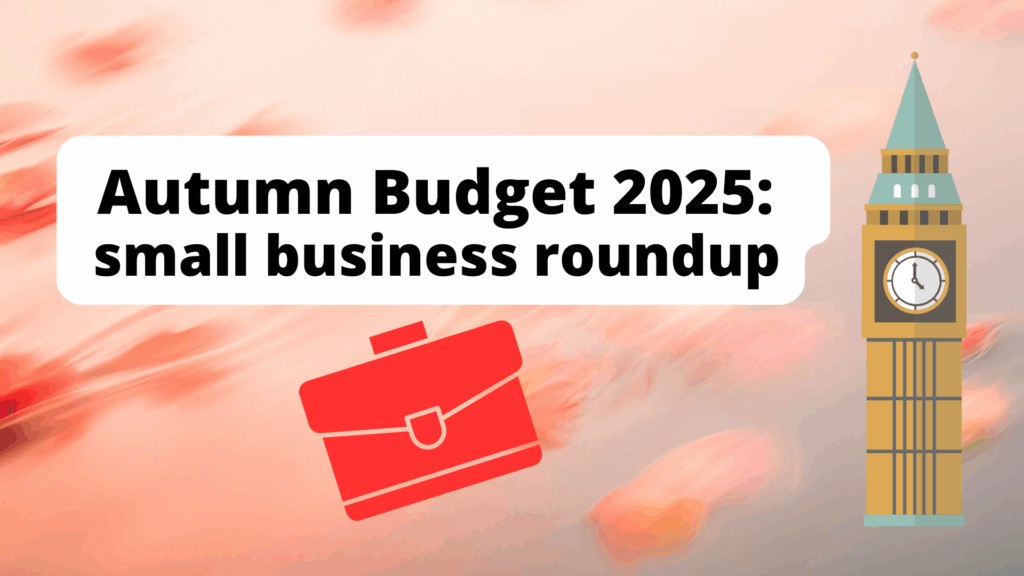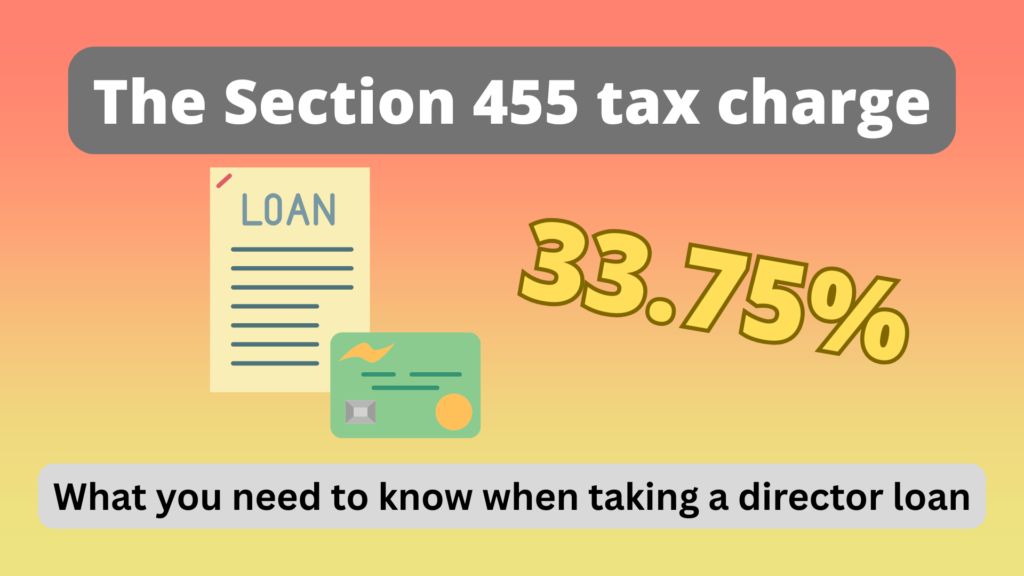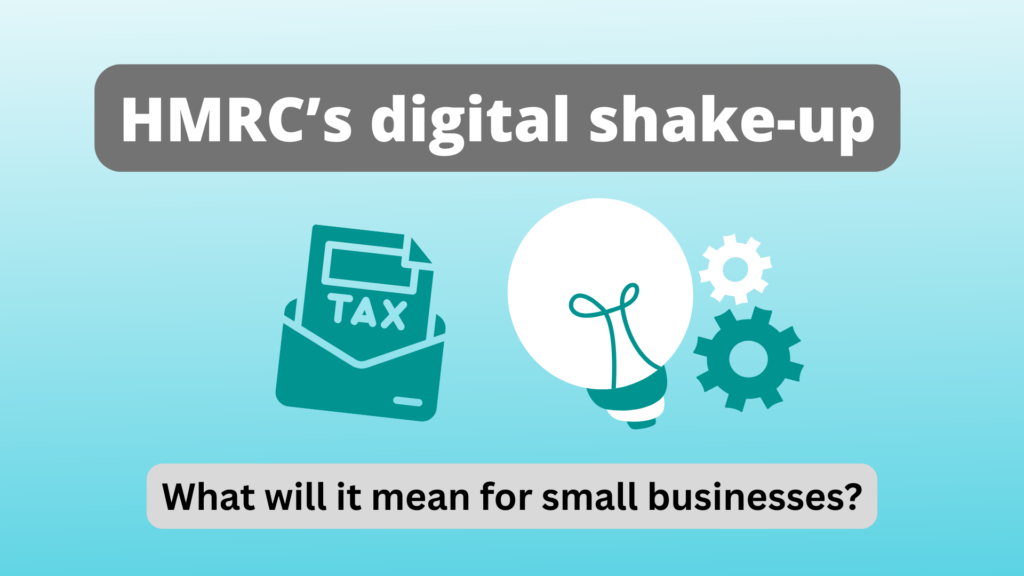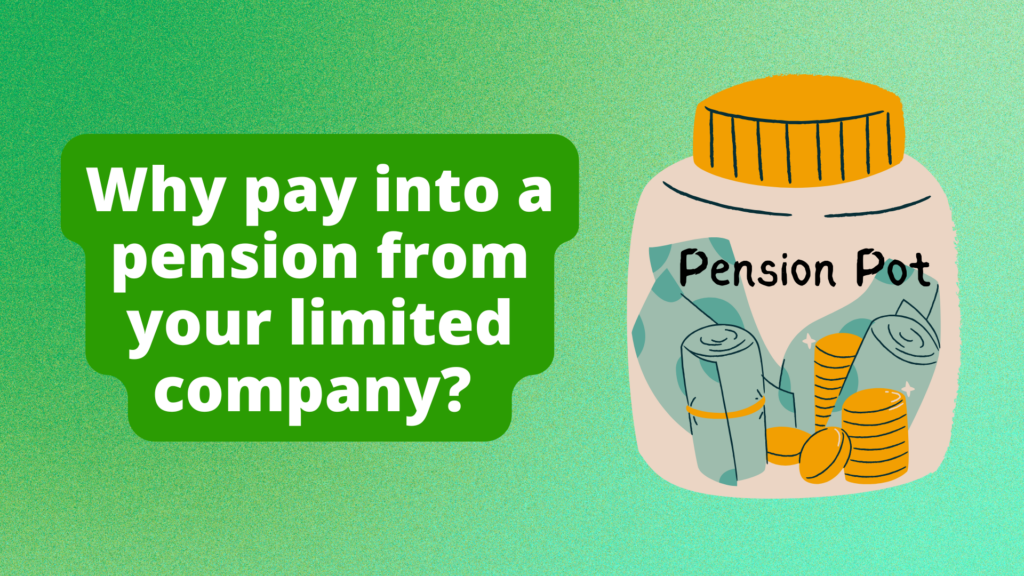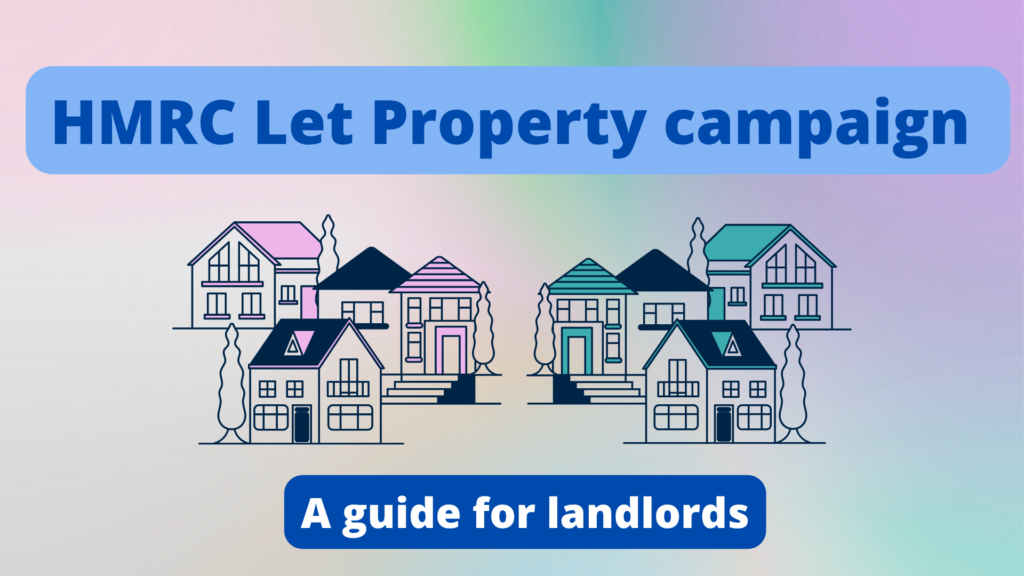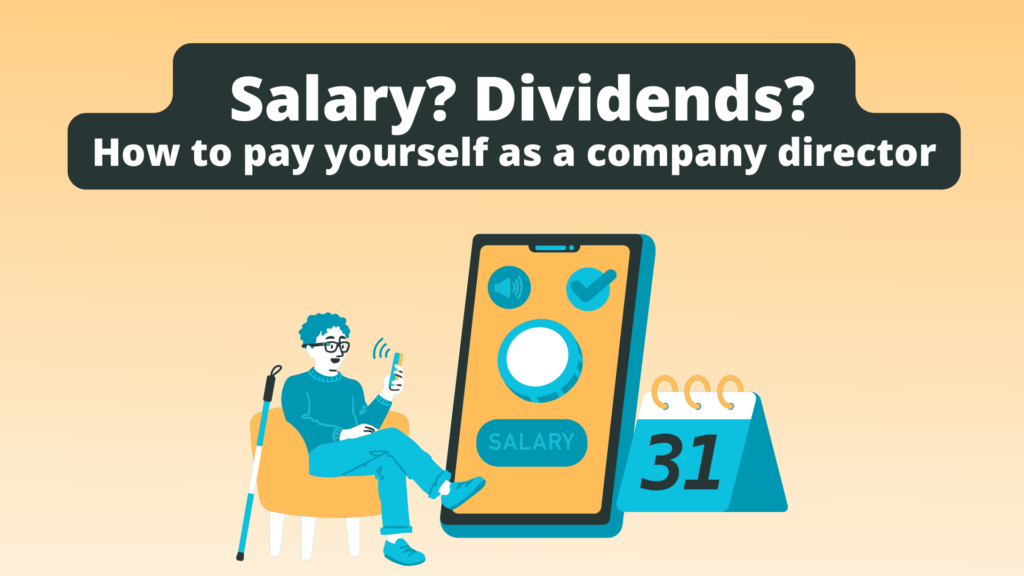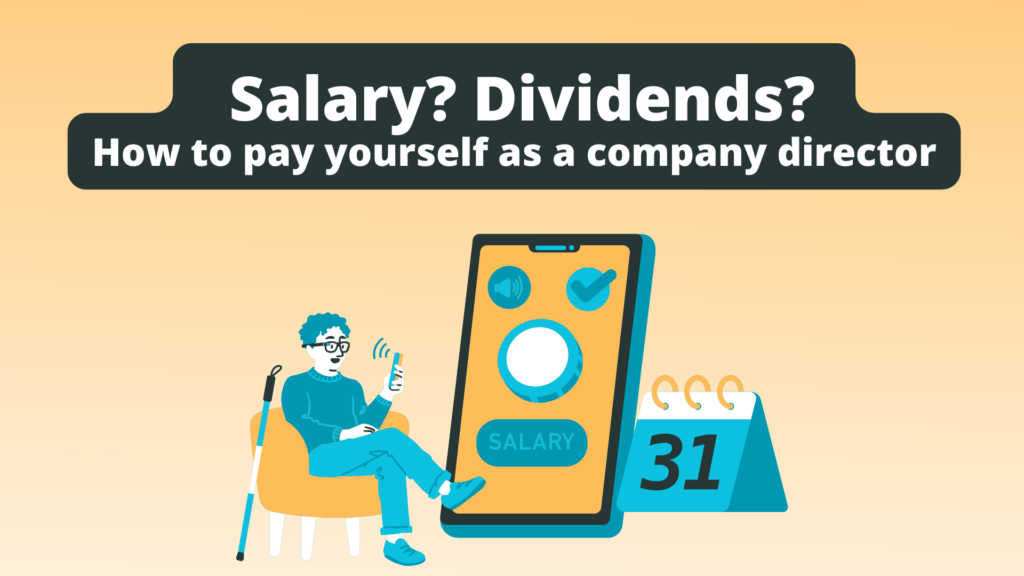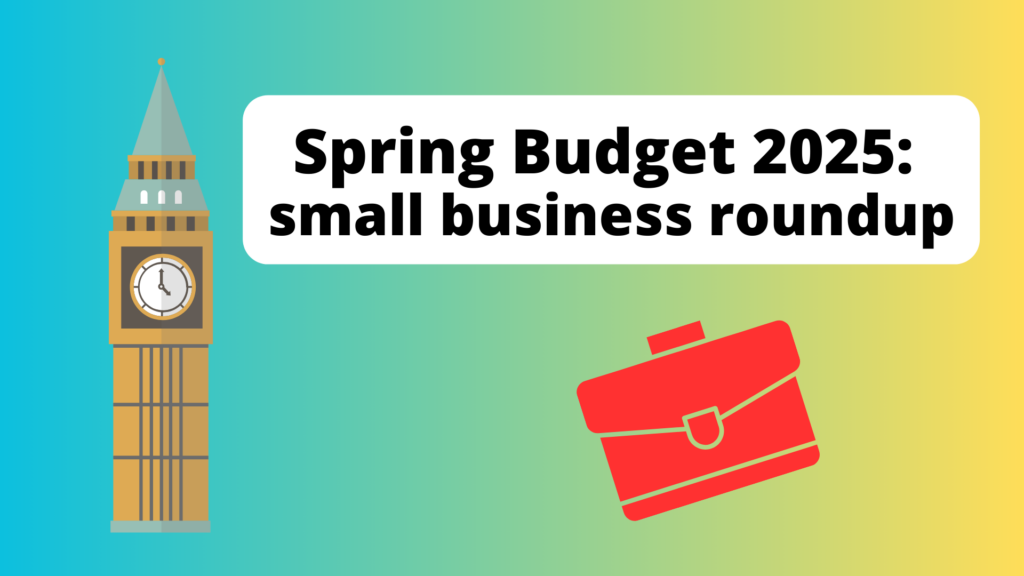On 18 November 2025 new changes came into force from Companies House, requiring company directors to verify their identity. The aim is to make the UK company register more reliable, transparent and resistant to fraud.
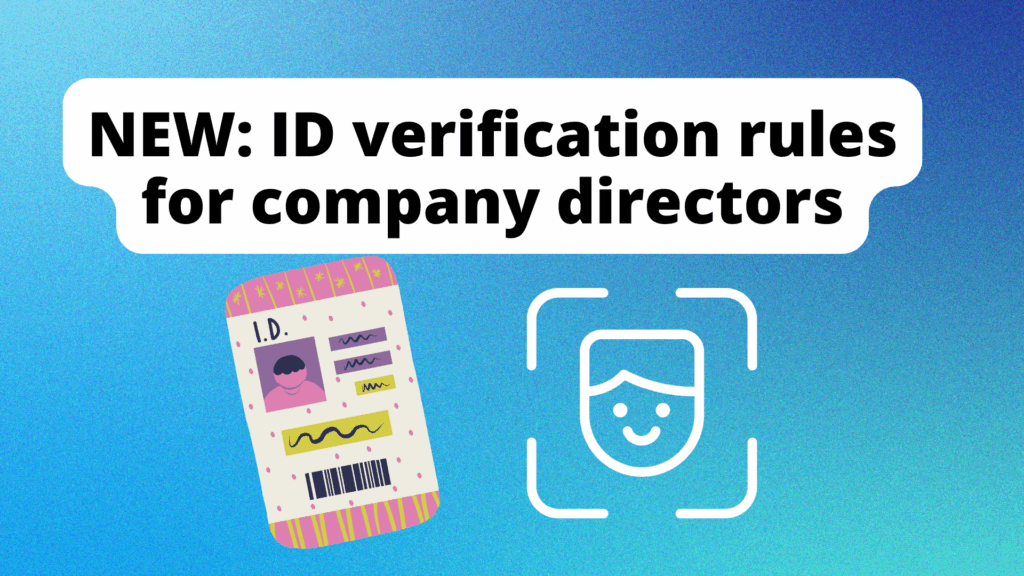
Why are these changes happening?
In recent years, concerns about economic crime and fraudulent activity have driven changes to strengthen UK corporate governance. One of the core reforms of the Economic Crime and Corporate Transparency Act 2023 is mandatory identity verification for individuals connected with companies.
As part of this, Companies House is now checking that directors and other influential company figures are who they claim to be.
Checking identities helps protect honest businesses and improves confidence in the UK corporate registry — to the benefit of everyone from lenders to investors.
Who needs to verify their identity?
The new requirements apply to:
- Company directors, whether newly appointed or already in post
- Persons with significant control (PSCs) (typically someone who owns or controls a company)
In some cases, members of LLPs and individuals filing information at Companies House may also need to get verified.
If you’re a director of more than one company, you’ll need verification for each role and to provide a special code when required.
How do directors verify their identity?
Identity verification is straightforward, and in most cases can be done online via one of two routes:
- GOV.UK One Login: Directors can verify their identity for free via this service, using a biometric passport or UK driving licence. Find out more here.
- Authorised Corporate Service Providers (ACSPs): Many businesses choose to use an accountant or agent who is registered with Companies House to handle verification on their behalf. Wootton & Co is registered, so we can perform this for you.
Once verified, you’ll receive a personal Companies House code. This unique identifier proves you’ve completed your ID check – and it must be used when filing certain documents, including confirmation statements.
When do I need to verify by?
For new directors and newly appointed PSCs, verification is required as soon as they take up their role from 18 November 2025 onwards.
For existing directors and PSCs, Companies House is phasing in the checks over a 12-month period. In practice, this means directors must have verified their identity by the time they file their next confirmation statement after 18 November 2025.
What happens if I don’t verify?
Failing to verify your identity can have significant consequences:
- You may be unable to file confirmation statements or incorporate a new company
- You might be barred from acting as a director or PSC
- In some cases, persistent non-compliance could lead to enforcement action or penalties.
What this means for your business
For most companies, verification is a one-off admin job. But it’s important to plan ahead, especially if you have directors or PSCs who haven’t yet started the process.
Getting verified early not only keeps you compliant but makes sure there are no delays to future filings. Most people find the process quick and simple.
If you’d like help navigating your responsibilities with Companies House – from verifying identities to managing filings – we’re here to support you. Contact us today.
